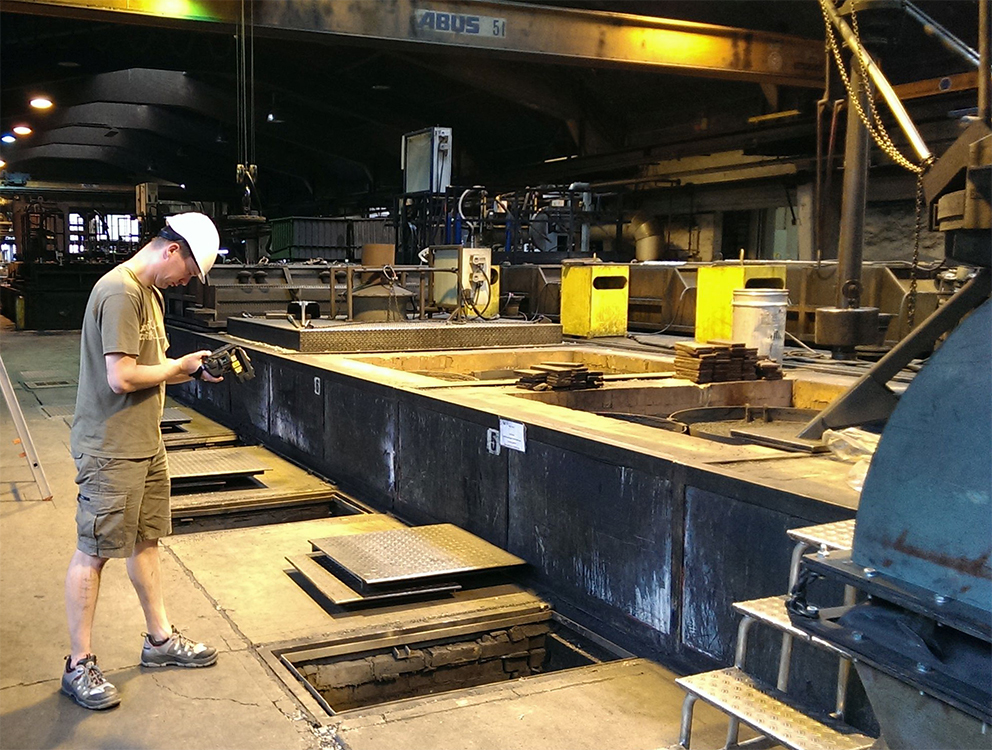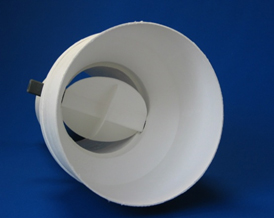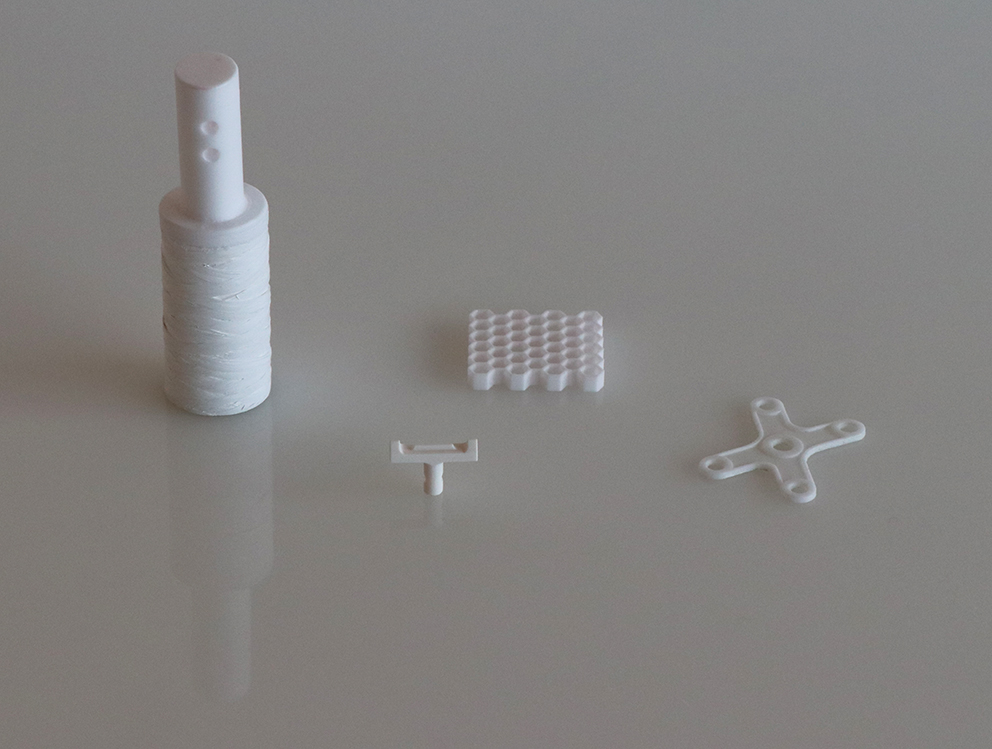Contact Press / Media
PD Dr. Gerhard Seifert
Fraunhofer Center for High Temperature Materials and Design
Gottlieb-Keim-Str. 62
95448 Bayreuth, Germany
Phone +49 921 78510-350
Fax +49 921 78510-001



For industrial heat treatment, very different types of furnaces are used. The selection of the furnace type depends on numerous parameters such as operating mode (continuous / discontinuous), required furnace atmosphere, maximum temperature, throughput, loading, as well as on support and transport of the material in the furnace. Usable volume, heaters, furnace lining and gas handling are designed specifically for each application. Depending on the needs of the furnace user, furnace systems must be planned very flexibly for different products and production volumes or for constant high throughput of large-scale production.
With the finite elements (FE) models available at HTL, furnace systems can be designed thermally. For a successful heat management, exact input data are required for the FE simulation. These are only insufficiently known for many refractory materials. The application properties of the furnace materials are determined under application conditions using the ThermoOptical measurement systems (TOM) developed at HTL. By means of FE simulation, the - frequently multi-layered - construction of the furnace insulation can be dimensioned, and the optimal material selection concerning the price / performance ratio can be made. The heat management in the usable volume can also be considerably facilitated by FE methods. For example, setting plans can be optimized with regard to minimum temperature gradients. If necessary, mechanical or thermomechanical material properties of the furnace materials can also be measured at HTL and taken into account during the design process. For example, the creep behavior as well as the thermal shock and thermal cycling behavior of refractory materials are measured with the TOM systems of HTL up to high temperatures and integrated into the FE models.
Existing furnaces can be tested with the mobile furnace test rig developed at HTL. For this purpose, the furnace process does not have to be interrupted. Using the tools of the furnace test rig, temperature distributions in the furnace, gas flows and compositions as well as heat losses are recorded. Weak points can thus be identified and corrected by appropriate measures. For example, thermal leaks are initially identified qualitatively by means of thermal imaging cameras, then local energy losses are quantified using calibrated thermal flow sensors. Quantitative measurements can also be used to assess the cost-effectiveness of corrective measures. FE models are used to asses the heat management when designing corrective measures.
HTL develops furnace components that are exposed to particularly high thermal or mechanical loads. These can be mobile components, such as fans, hot gas dampers or lifting gates, or parts exposed to particularly high temperature gradients or thermal shock, e.g., burner components or heat exchangers. The materials used are monolithic ceramics such as SiSiC or fiber composite ceramics (CMC). Composite ceramic materials have a very high damage tolerance compared to monolithic ceramics. Therefore, CMC components have a much longer service life when thermal stresses occur. This significantly reduces the maintenance costs, which justifies the higher price of CMC compared to monolithic technical ceramics or refractory materials.
HTL develops special joining processes for high temperature applications. In this way, complicated components can be constructed from simple standard parts. Solders for gas-tight joints are also available. Ceramic protective coatings are developed at HTL for components prone to corrosion. These are applied via wet chemical coating techniques, such as dipping, spraying or brushing, and then burned. The design of the high-temperature components can be carried out using FE models to simulate the operatin conditions on the computer.
High-temperature components with complicated geometry can also be produced by 3D-printing. Due to the low production rate, this process is suitable for prototypes and special parts. Various 3D printers are available at HTL. With these, for example, SiSiC components or oxide ceramic components can be produced for high temperature application. By means of 3D printing, particularly light and delicate structures can be created. This reduces the mechanical stresses in the components during rapid temperature changes. In addition, the amount of energy required to heat such components is reduced.
At HTL, specific tests are also developed for large components, in order to test their behavior under application conditions. For example, a mechanical test bench was designed and validated to test transport rollers for roller furnaces with a length of up to 2 m at temperatures of up to 1200 °C.